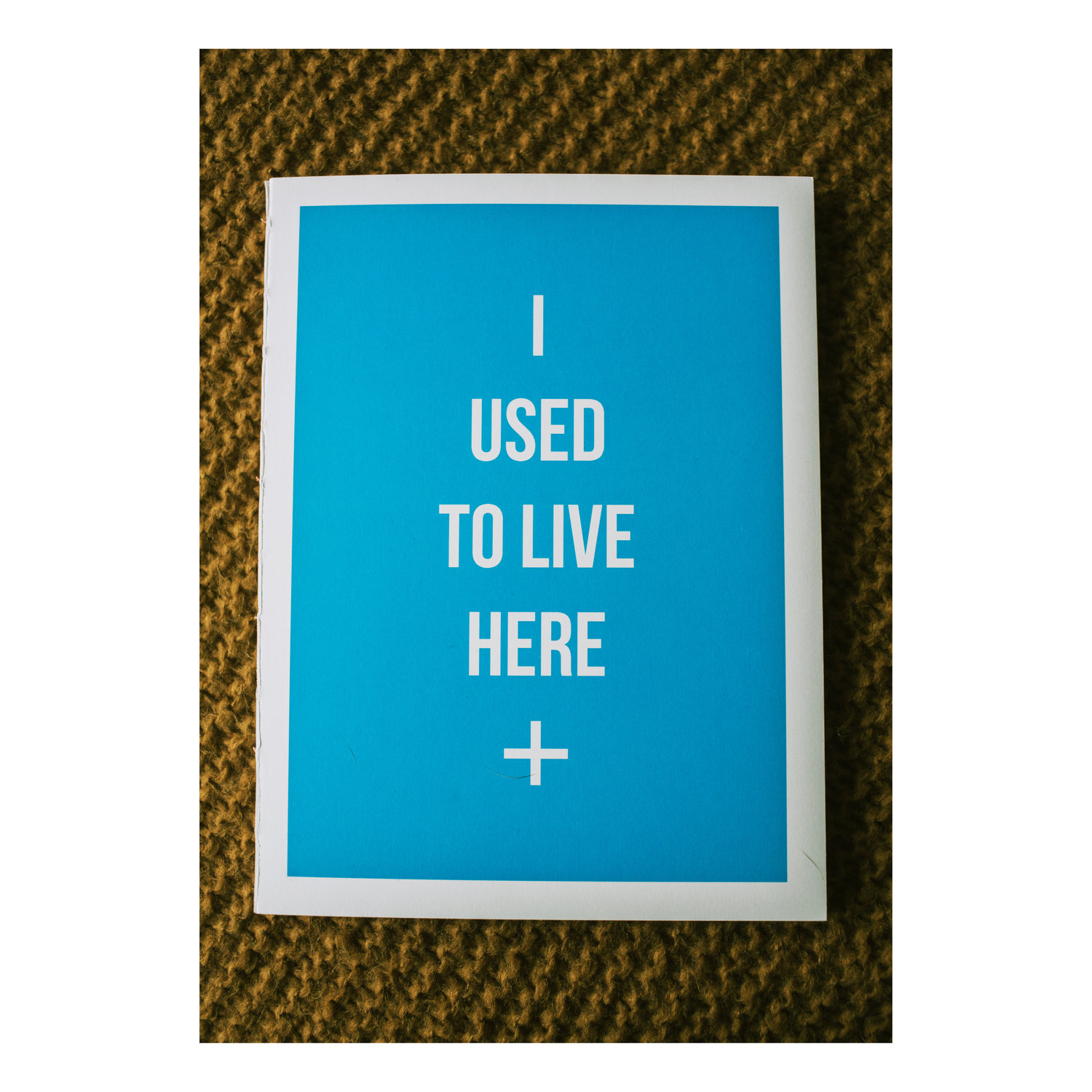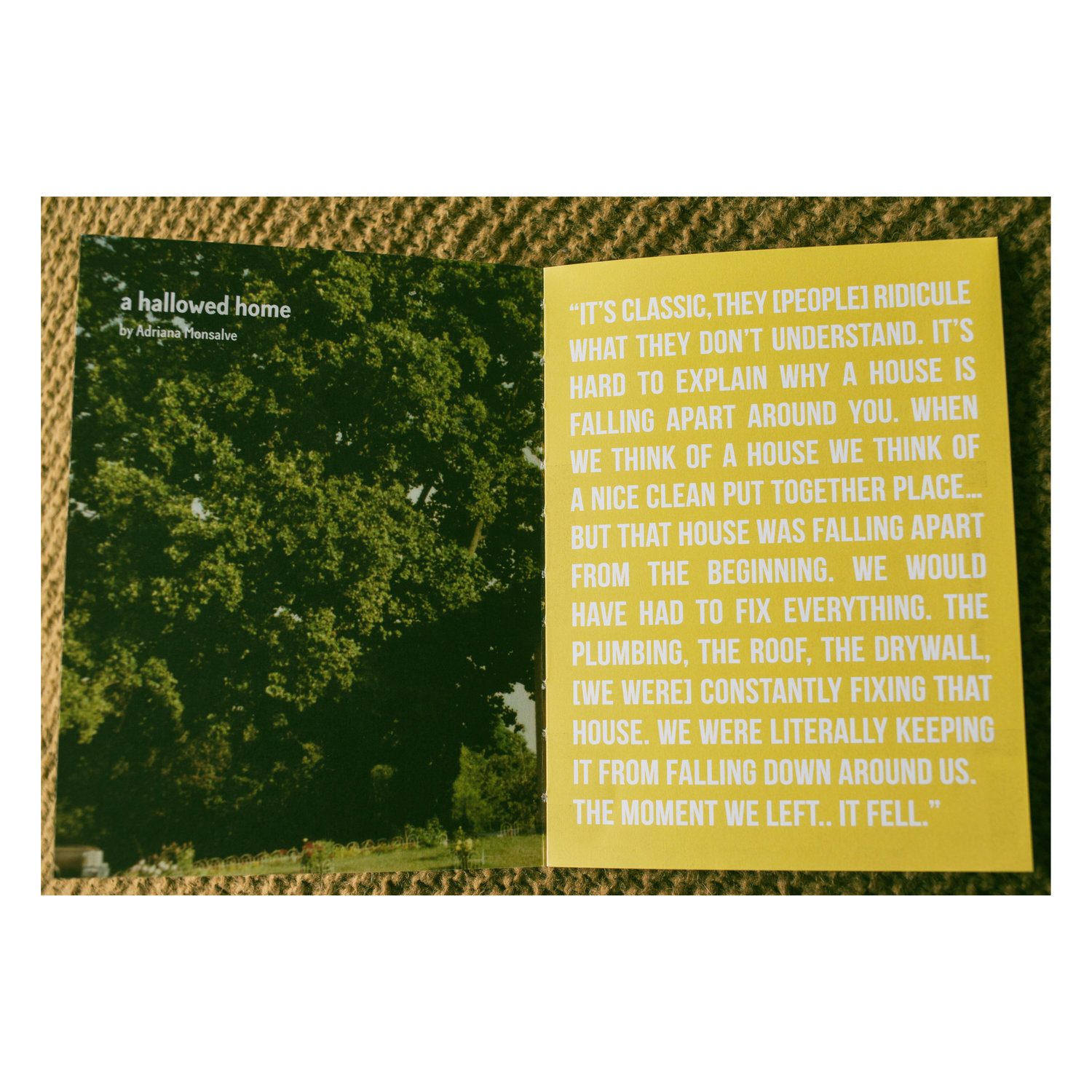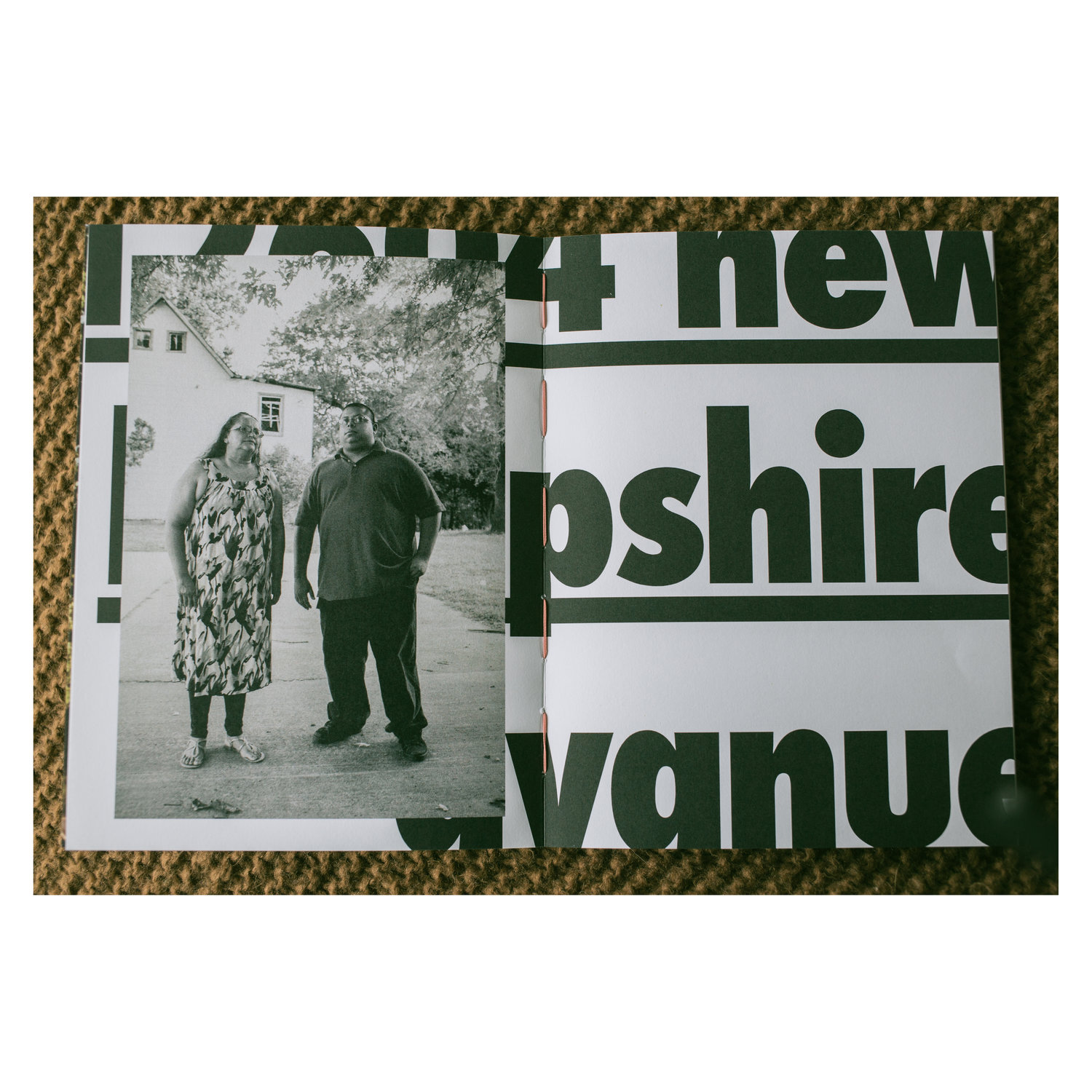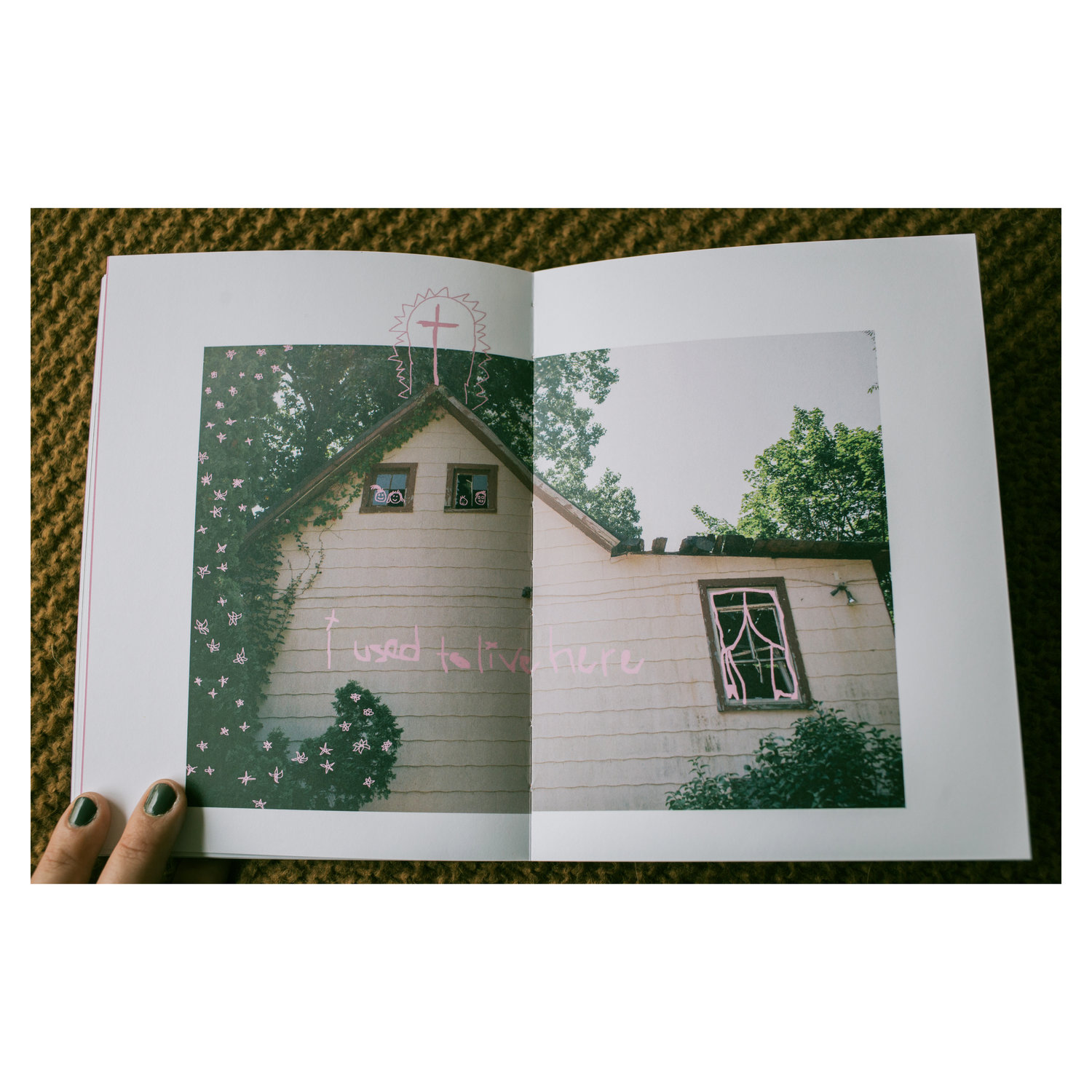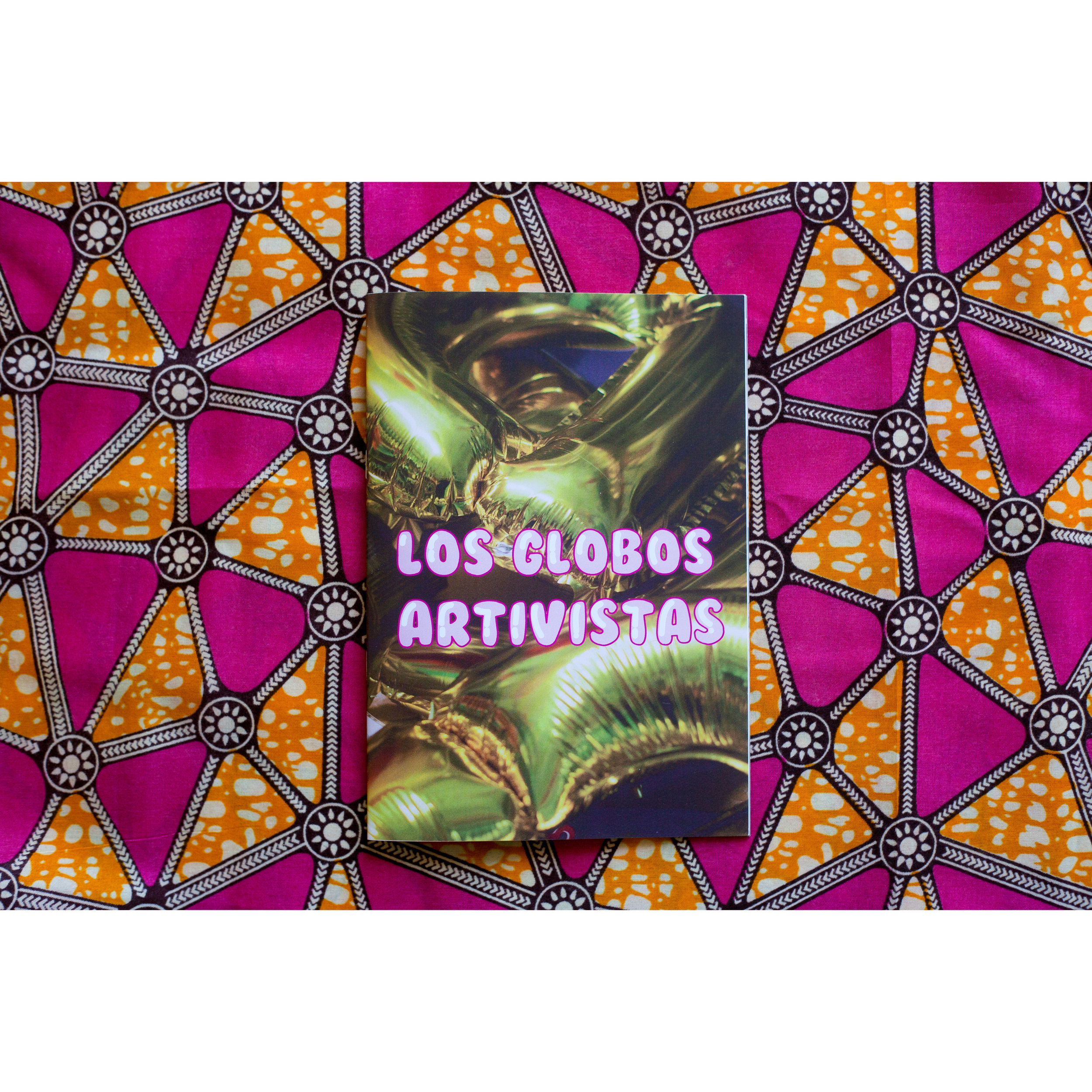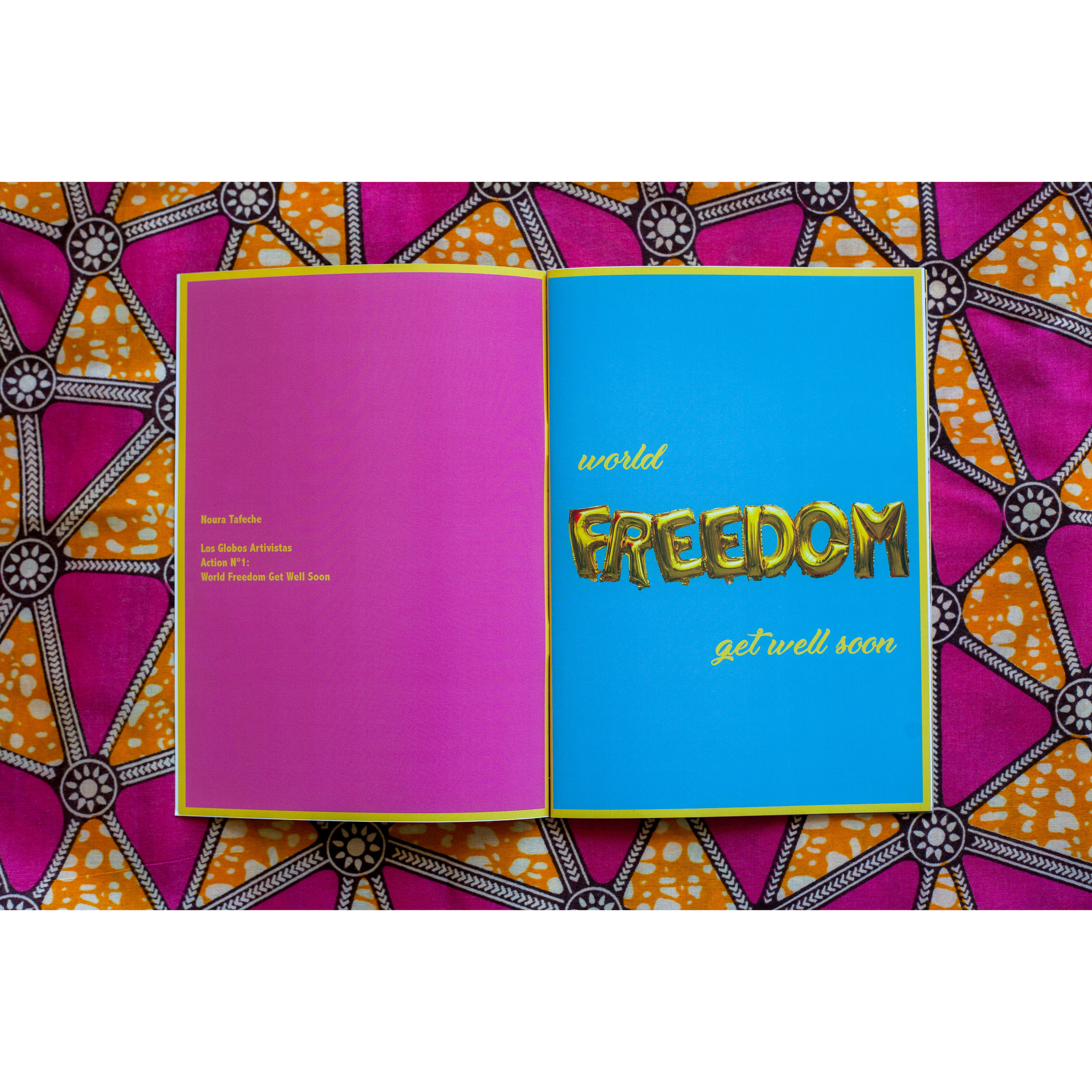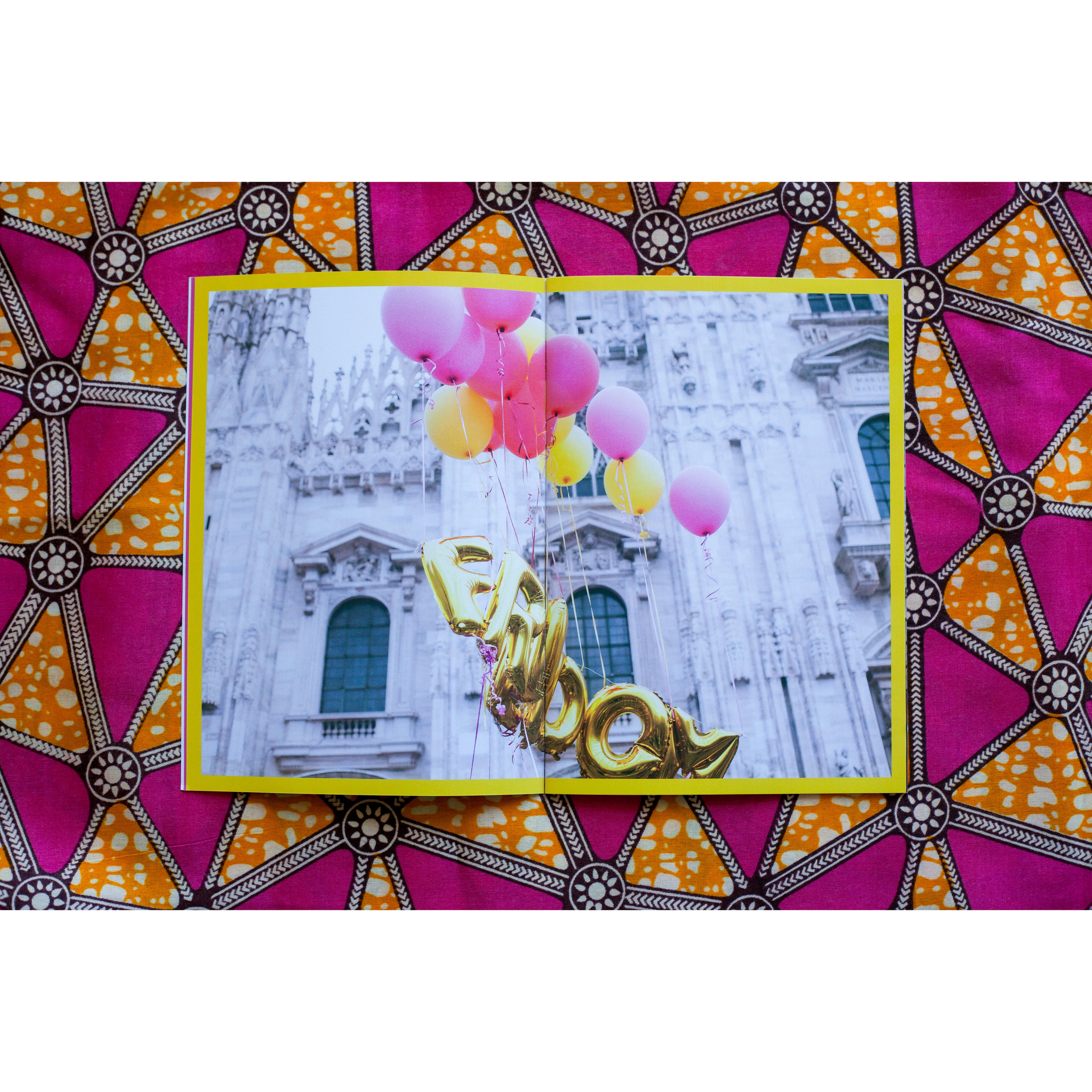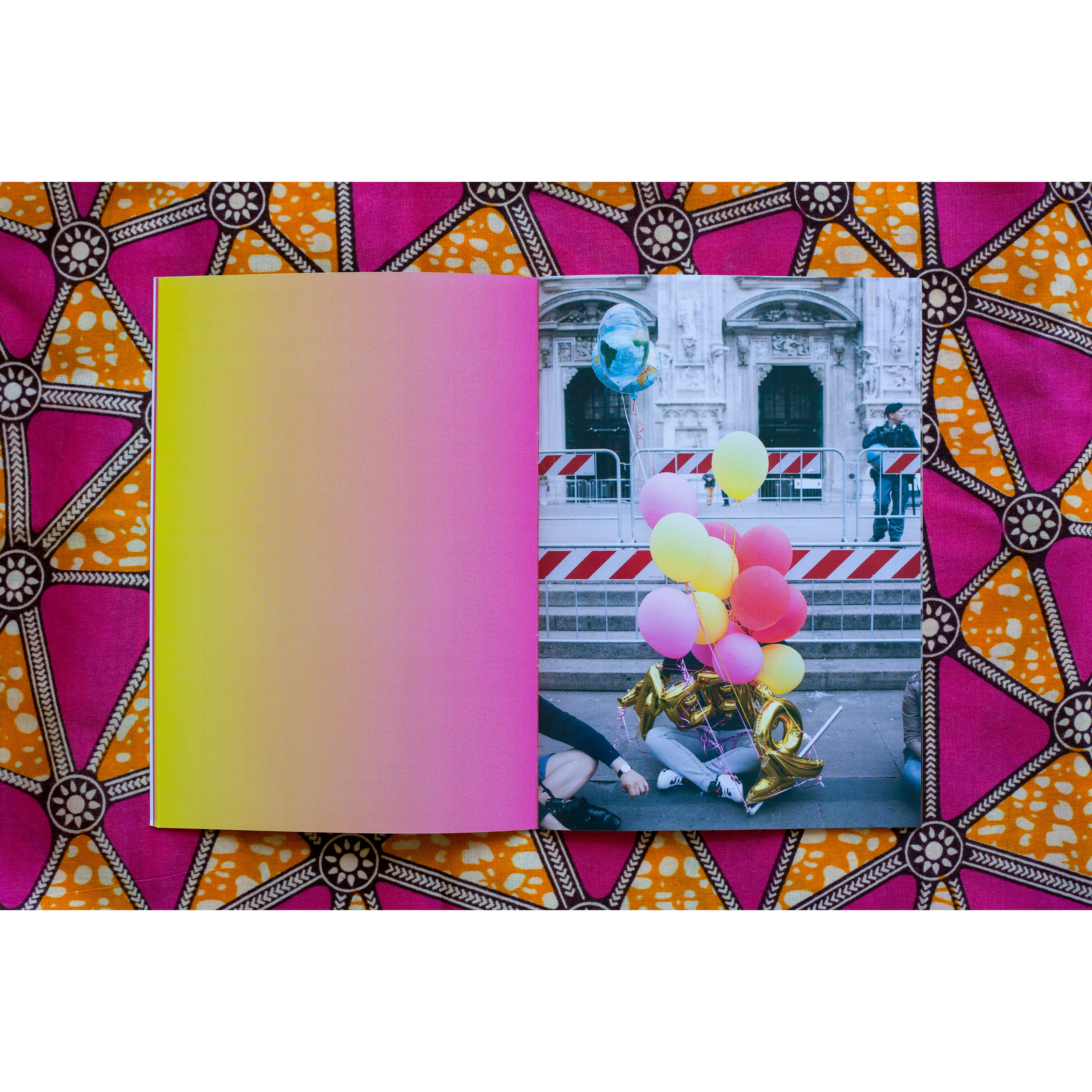Clear as Black: Adriana Monsalve
Adriana Monsalve is a storyteller and visual communicator that produces in-depth stories on identity through the nuances in between.
"As a daughter of immigrants from the Caribbean Republic of Colombia, I have struggled with the concept of 'home.' As immigrants, we are everywhere and we have to belong somewhere so we’ve made habitats for ourselves in pocket towns of people like us. I’m documenting to show you something I’ve found and ultimately, something I am. I’m documenting so you know I was here. I am currently based en La Frontera. I am covering stories on the border through layers of the in-between. I am immersed in ideas that revolved around racial, gender, and cultural identity and the intersection of all three. Right now, home is on the US side of the TX/MEX border in a city called, Laredo. I am an adjunct professor of Photojournalism at Texas A&M International University (TAMIU).
- A.M
DRP: Hello Adriana. Where are you from? And what do you do for a living?
AM: Hi Raul! I was born and raised in Beltsville Heights, a suburb of Washington DC. Ethnically speaking; I am Latinx, Colombiana, Caribe, Latina-Americana. My parents immigrated to the USA from Colombia, South America, when they were teenagers.
I’m an artist, I think. Its taken a long time for me to come to terms with that word! Seemed too big and like a lot of responsibility that maybe I wasn’t ready for, until recently. I never wanted to say I was a photographer because I am more interested in what the images mean and convey than the images themselves. So I tried to identify as a photojournalist for the past 4 years but lets be honest, I don’t fit there either. So yeah, I work with photography + text, but I’m not a photojournalist per say.. I’m an artist that works in a photo journalistic way. As an artist I guess what I do for a living encompasses many things. I don’t have one job, I have a couple at all times. I am constantly documenting and putting together stories as an independent artist. I make a living by pitching these stories to different editors and publications as well as galleries and exhibition spaces. I am also an educator, I do some adjunct teaching for photojournalism departments on the university level. And probably my favorite way that I make a living is with my publishing house: homie house press. It is a labor of pure love. I can’t help but smile so big as I speak to you about it.
DRP: When you shoot, what do you look for exactly? Who or what inspires you?
AM: Ahhh you know what homie, this questions used to be so hard for me to answer! I know exactly what I look for now. I ask myself 3 things: Is this idea/story/concept personal? Is it political? Can I, through my artistry turn this into something poetic? If the answer to all these questions is YES, then I know what I gotta do. Personal, Political, Poetic. <3 Oh and as for who/what inspires me ???? E V E R Y T H I N G
DRP: This first project were sharing, Clear as Black, documents people living in Puerto Rico with a rare type of albinism that renders them quite different than others. Could you tell me more about this project?
AM: Sure, I began this project three years ago when I left to spend a few months with my subjects and their families all over the island of Puerto Rico. I have since self-published a zine on the topic titled, Clear As Black. I made a small print run of 96 copies. The ideas in this story have gained traction. I believe this happens because the work is of the sort that a lot of folks identify with. Black and brown people across nations struggle to comprehend their identity within this modern era of labels and boxes, let alone erasure.
AM: I believe my project is at the intersection of both of these communities and that is what makes it compelling. We have all been pre-judged at one point or another, based on appearance and put into a certain box that we do not necessarily fit into. This happens because there is a lack of representation for black and brown bodies. There is a lack of stories being told by us, about us and for us. Representation matters immensely in this society of social media where the majority is the mainstream and our stories get buried, lost, or never told at all. Our identities have been at risk of being assumed, taken, forgotten, or erased.. It has happened to all of us in the black and brown communities. Stuart Hall, cultural theorist and sociologist, said, “Identities are formed at the unstable point where personal lives meet the narrative of history. Identity is an ever-unfinished conversation.”
DRP: Is this a project you will continue?
AM: The next step for Clear As Black is to Expand it to consider the African Diaspora within the Caribbean/Latin America as it's own civilization and region with it's own admixtures of ethnicities, cultural group and religions. I want to take it further into the Caribbean and deep into America Latina.
DRP: I think its important to consider your visual story telling skills because it looks like you spend time with your subject (both people and theme). How do you maintain this approach over the period of time you document?
AM: Wow.. Good question.. And an interesting one because i think it differs every time. When you are doing long-term, in-depth story telling/assignments there is no one formula to follow. I would say the most important thing is to remain curious. That means, let the story lead you into different spaces and ideas that you hadn't planned on. You gotta trust the process 100% of the time. I know that's so hard to hear and hard to say as well! But, at the times when I have been the most stuck in a story, when I thought I lost the story completely because I can’t remember what I am supposed to be doing because I am in too deep, or veered to far, or i dunno.. just off topic… that is when the good stuff happens. You cannot go into long term projects thinking about the outcome. Because within that very process, everything is going to change and you gotta trust the process. You gotta let yourself move with it and be fluid with it and follow it into new concepts you couldn’t have imagined. Follow that curiosity all the way to the other side.. and it may never seem like your done.. and in some ways, in depth stories never are. But if I end up going down something new that I am not curious about, then it all gets dry and boring and loses meaning. You keep doing, you keep going more in-depth because there is something you wanna understand, something you gotta learn for your self and for the world… That's curiosity. For me, that's everything, that's how I do a long-term, in-depth project.
DRP: Another story, Papi Juice, has a much more celebratory tone. Could you tell me about the difference or change in your approach as a photographer towards this project?
AM: Papi Juice was a joy to photograph. I spent 6 weeks in NY that summer documenting the Papi’s and their parties. Papi Juice itself, is all about celebrating Queer brown male identified bodies! So, it is kinda impossible to be around them and not be living your best life and dancing and sweating to the max all summer long. It was a complete honor to document their movement. It is a joyous and celebratory space in the midst of a lot of death and dying. So I definitely wanted to show the beauty and the love that abounds in these necessary spaces. I remain homies with many of the Papi’s and greatly admire the work they continue to do. Mucho amor to Papi Juice!!!
“In New York night life still feels exclusive. There hasn’t been a party with that explicit mission.. even in a big city like New York. It’s pretty selfish really, I wanna play music and I wanna make sure that people that look like me are celebrated ”
DRP: Your webpage involves text and image in a narrative manner; such as a photo book. What is the method behind this?
AM: I encourage the close collaboration that is found in photography + text. I often work in this way. It is a form of paralleling two individual ideas and uniting them by dynamic, proximity, and placement. When using image and text, there is a sort of dance that goes on in the intellect. It is a fluid movement that must be balanced but not to controlled, for both of these mediums come to life on the page. Contextualizing words and images in a shared space is not easy. The artist must continue to hold a steady sway of four experiences, not just the obvious two. First, words already have meanings that we understand for ourselves when placed next to an image. Secondly, these words create mental images that may conflict with what our eyes are taking in. Third, photographs hold meanings and nuances that may shift our interaction with the adjacent words. Fourth, images have the power to stir up words in the mind of each individual viewer. The arrangement of image/word/word/image becomes more complicated and less direct. The more trying this act becomes, the more rewarding, because there is more potential to analyze and clarify this world we live in.
AM: Image and text is about the coming together of two very different art forms, photography and writing, in a service for social awareness and ultimately, change. It is about crafting a portrait we can see and feel and understand on other levels than our own. The act of photojournalism, takes you out of your own lived experience and places you in the individual experiences of others.
DRP: So tell me more about your publishing house, Homie House Press?
AM: Homie House Press is a small press publishing house run by me and my partner: Caterina Ragg. We are a skeleton bones crew of women working and collaborating with others in the photo book medium. We are zine kweens and we just work so well together… we started about 6 months ago… and its been one of the best decisions I ever made. And amazingly enough, our zines/books whatever you wanna call them - they sell! So yeah :))) this is my favorite way to make a living; publishing my stories and putting them in your hands, as well as doing the same to produce and publish others work that we, homie house press, believes in.
DRP: Where did this spur from and what kind of things will you publish next?
AM: Homie House Press was born out of a need for women struggling to be seen in the photo world. Caterina Ragg + I were discouraged and feeling hopeless and like our stories were worthless.. because we couldn’t get into white art spaces where our stories could be seen on far reaching platforms. So… after many tears and a couple fights.. maybe a break up or two.. we decided to go hard, really hard, all in, all the time, all the way with homie house press. And, its our baby, the best decision I ever made, no regrets, only thank you’s to our growing audience and to each other for being the necessary space we need to begin to grow and share as artists, book makers, and publishers. Vamos, homie house press!!! We out here! We creating! We holding space for women in this photo world!
Homie House Press has recently published its second edition of its first book: I Used To Live Here. This is a story born out of faith, religion, sanctuary, community and refuge. It is close to many, as it is a personal takes on controversial topics intersected to weave a mosaic of views and takes on modern day servitude and how that grows out of our so called “Safe spaces.”
We are also thrilled to have recently published our first collaborative project with a fellow creative Noura Tafeche! She is an Italian-Palestinian multi-faceted artist located in Milano, Italy. Los Globos Artivistas comes together in the form of a puzzle. An ongoing projects made of several actions, that consists in the creation of bouquets of balloons, as an expression of a happy resistance.
AM: We are so excited to be putting together the zine for TrueQue 2017 - this will be our biggest collaboration so far! consisting of over 20 latino/a/x artists from all over the Americas. Homie House also cannot wait to start producing the collaboration between Arlene Mejorado + I. Our frontera project in book form. So excited. Really important and necessary work all around, can’t wait for y’all to see it, hold it, kiss it!
DRP: Awesome! Interestingly enough we are also working with Arlene Mejorado for our next publication. I agree, stories need platforms especially for better representation for minorities, communities and and people of color. Sometimes that means having to start your own platforms. I will forever be a fan of Homie House Press and what ya'll do. Thank you for a fantastic conversation Adriana. I encourage our readers to spend time on your webpage and work.
AM: Of course Raul! Thanks to you! Wow :))) Your da bombs at interviewing… I need to take some classes from you homie. Gracias, this was healing and therapeutic to fill out and spend time with. Mucho amor xoxo.
Follow the link for Adriana Monsalve's visual journal and wepage here.


















